Struggling with Skin Picking? Here’s How to Break the Cycle!
Aug 19, 2024 By Noa Ensign
Skin picking, also known as dermatillomania, is a compulsive behavior that can lead to significant physical and emotional distress. Many individuals find themselves trapped in a cycle of picking at their skin, often as a way to cope with anxiety, stress, or boredom. This harmful habit can result in various skin issues, including scarring and infections, and can severely impact a person's self-esteem and mental health. Understanding the underlying triggers of skin picking is crucial in effectively addressing the behavior. In this guide, we will explore practical strategies and techniques to help break the cycle of skin picking, fostering healthier coping mechanisms and promoting overall well-being. It's time to reclaim control and embark on a journey towards healthier skin and a more positive mindset.
Understanding Skin Picking
Skin picking requires recognizing the various psychological and environmental factors that contribute to the behavior. Many individuals engage in skin picking as an automatic response to emotional distress, often without fully realizing it. Common triggers include feelings of anxiety, boredom, or even sensations of skin imperfections that compel them to pick.
It can be helpful to keep a diary to track these triggers and identify patterns, as self-awareness is a vital step toward change. Moreover, considering the role of sensory experiences is essential; some people may find the act of picking soothing, creating a cycle that's hard to break. Alternative coping strategies, such as engaging in mindfulness practices, stress-reduction techniques, or using fidget toys, can be beneficial in addressing the underlying urges.
Identifying Triggers
Identifying triggers is a key step in breaking the cycle of skin picking. By recognizing the specific situations and feelings that provoke the urge to pick, individuals can develop effective coping mechanisms to manage their response.
- Emotional Triggers: Many people find that strong emotions such as anxiety, sadness, or frustration can lead to a compulsion to pick at their skin. When overwhelmed by these feelings, individuals may turn to skin picking as a misguided attempt to relieve tension or distract themselves from emotional pain.
- Situational Triggers: Specific environments or situations can also trigger skin picking. For example, being in a quiet room with nothing to occupy the mind might lead to feelings of boredom and an increased urge to engage in skin-picking behavior.
- Physical Sensations: Sometimes, the physical sensations of skin imperfections, like scabs or bumps, can trigger the urge to pick. A person may feel compelled to address these imperfections by picking at them, leading to a cycle of damage and further picking.
- Social Triggers: Interactions with others can also impact skin-picking behaviors. Situations where an individual feels judged or scrutinized may heighten feelings of insecurity or anxiety, prompting them to engage in skin picking to cope.
Healthy Alternatives
Finding healthy alternatives to skin picking is essential in breaking the cycle and fostering better coping mechanisms. These alternatives focus on redirecting energy and attention towards more constructive activities.
1.Mindfulness Practices
Mindfulness practices, such as meditation and deep breathing exercises, can help ground individuals in the present moment, reducing the urge to pick. Engaging in mindfulness allows people to acknowledge their feelings and urges without judgment, creating space for them to choose healthier responses. Techniques like body scans can increase awareness of physical sensations and promote relaxation, making it easier to cope with anxiety and stress.
2.Stress-Reduction Techniques
Stress-reduction techniques are vital for managing the emotional triggers that often lead to skin picking. Activities such as yoga, tai chi, or even regular physical exercise release endorphins, helping to relieve tension. Journaling can also serve as a powerful outlet for expressing emotions and clearing mental clutter, ultimately reducing overall stress levels.
3.Fidget Toys and Stress Balls
Utilizing fidget toys or stress balls provides a beneficial physical outlet for nervous energy. These items can help occupy the hands and redirect focus away from the skin. Engaging with fidget tools can be incredibly soothing, allowing individuals to satisfy their need for tactile stimulation without causing harm.
4.Creative Outlets
Engaging in creative outlets can be an effective way to combat the urge to pick at the skin. Activities like drawing, painting, or crafting not only distract the mind but also provide a constructive means of expressing emotions. This engagement encourages focus and can serve as a therapeutic release for pent-up feelings. Creative pursuits often require tactile involvement, which can fulfil the need for physical activity without resorting to skin picking. By dedicating time to these hobbies, individuals can foster a sense of accomplishment and satisfaction, ultimately contributing to improved mental well-being and reduced compulsion to engage in harmful habits.
5.Peer Support Groups
Peer support groups can play a pivotal role in managing skin picking behaviors. These platforms provide individuals with a safe space to share their experiences, challenges, and successes, fostering a sense of community and understanding. By connecting with others who face similar struggles, participants can gain insights into coping strategies and learn from one another. The exchange of personal stories can be incredibly validating, helping to reduce feelings of isolation or shame associated with skin picking. Additionally, group accountability can motivate individuals to stay committed to their goals, reinforcing positive changes and promoting overall emotional well-being.
Mindfulness Techniques
Incorporating mindfulness techniques into daily routines can significantly mitigate the urge to pick at skin by enhancing self-awareness and promoting emotional regulation. Here are some effective mindfulness techniques to consider:
- Deep Breathing Exercises: Focus on slow, deep breaths to calm the mind and body, reducing anxiety and stress levels.
- Body Scan Meditation: Take time to mentally scan your body, paying attention to areas of tension, allowing for relaxation and increased awareness of physical sensations.
- Guided Imagery: Visualize a peaceful place or positive scenario, which can serve as a distraction and help in managing overwhelming emotions.
- Mindful Observation: Practice being fully present in the moment by observing your surroundings, sounds, and sensations, fostering appreciation for the here and now.
- Affirmation Practice: Use positive affirmations to cultivate self-compassion and challenge negative thoughts associated with skin picking.
Seeking Professional Help
Seeking professional help is an important step for those struggling with skin picking, especially when self-help strategies are insufficient. Therapists or counselors experienced in cognitive-behavioral therapy (CBT) can assist individuals in unraveling the underlying causes of their behavior and teach tailored coping strategies. CBT helps identify harmful thought patterns associated with skin picking and promotes healthier ways to address these thoughts.
In some cases, professionals may recommend additional treatments, such as medication that targets anxiety or obsessive-compulsive behaviors, which can complement therapeutic approaches. Support from dermatologists may be helpful to address skin damage and promote healing, creating a dual focus on both mental and physical well-being.
Conclusion
Addressing skin picking requires a multifaceted approach that encompasses understanding triggers, exploring healthy alternatives, and seeking professional help when necessary. By integrating mindfulness practices, stress-reduction techniques, and creative outlets into daily routines, individuals can develop healthier coping mechanisms that diminish the urge to pick. Peer support serves as a vital resource, fostering community and accountability.
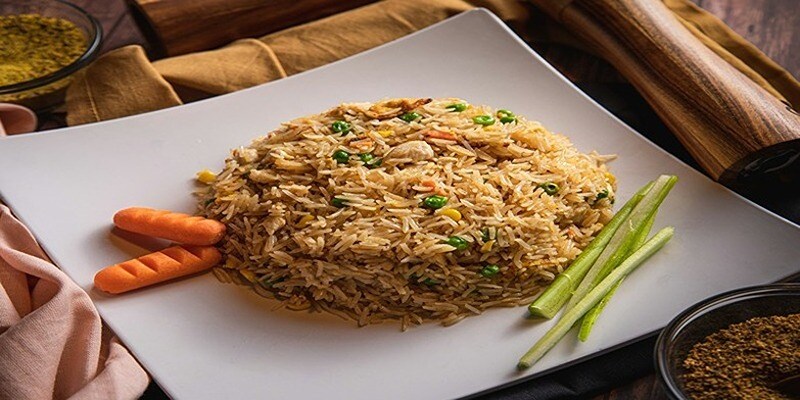
Understanding Vitamin B15 Benefits in Nutrition

Broccoli: The Superfood with Incredible Benefits
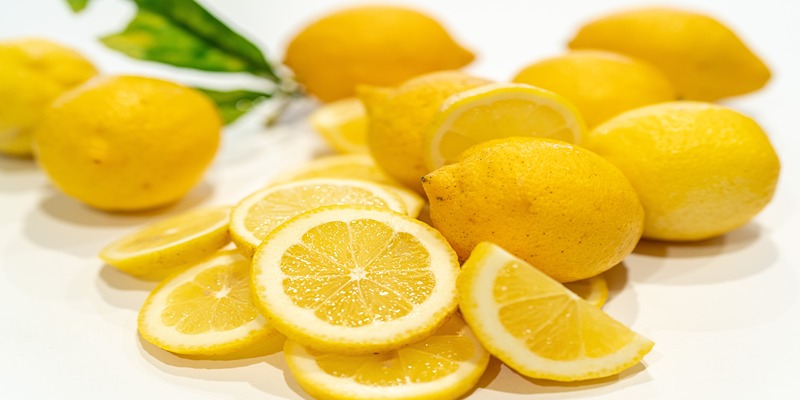
Unveiling the Health Benefits of Nutritious Lemons
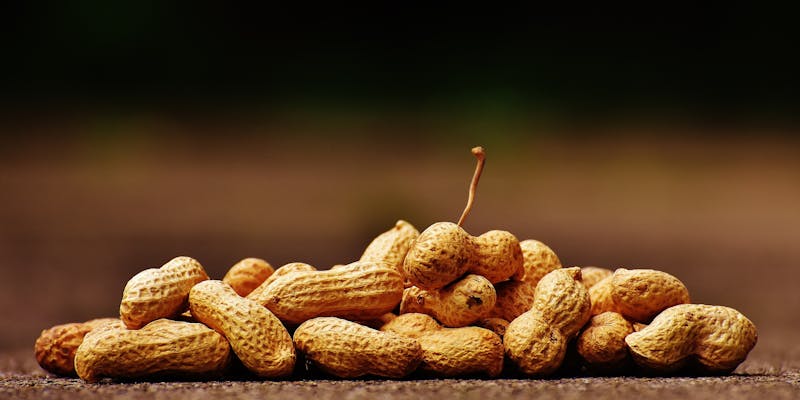
7 Reasons to Enjoy Peanuts in Winter But With Caution!
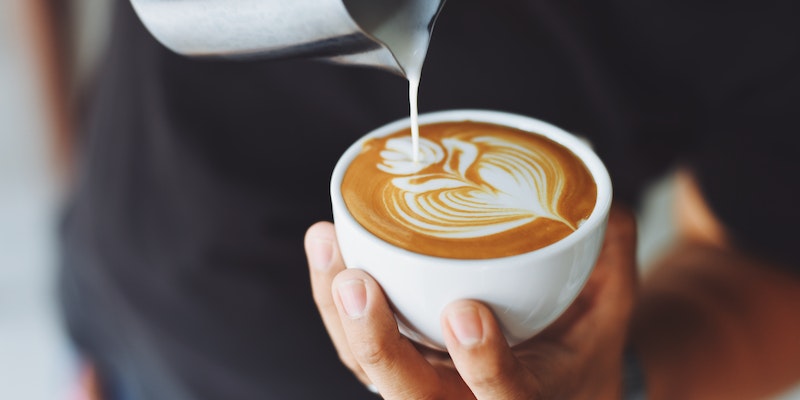
Timing Your Caffeine: Identifying the Ideal Moments for Coffee Consumption
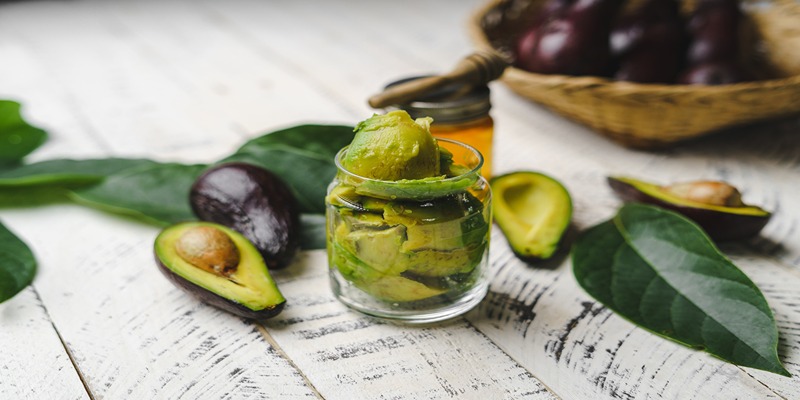
Exploring the Multifaceted Benefits of Avocado Oil
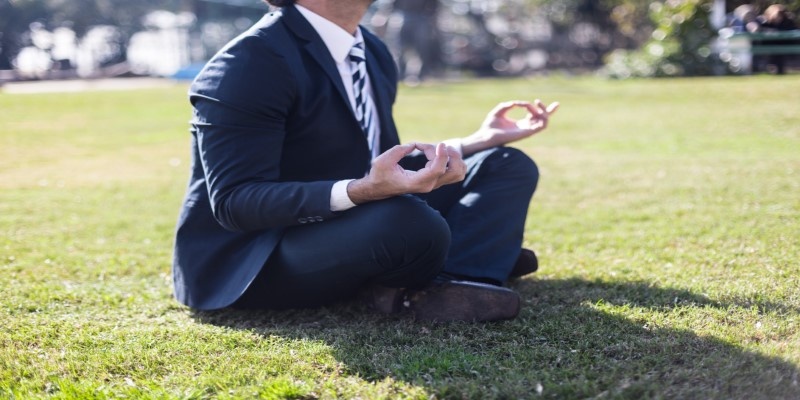
How Meditation Alters Your Perception of Time


